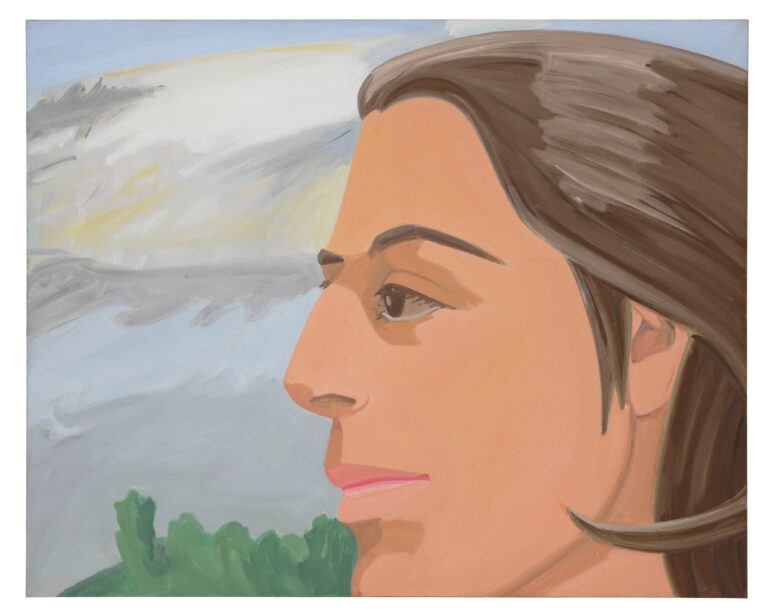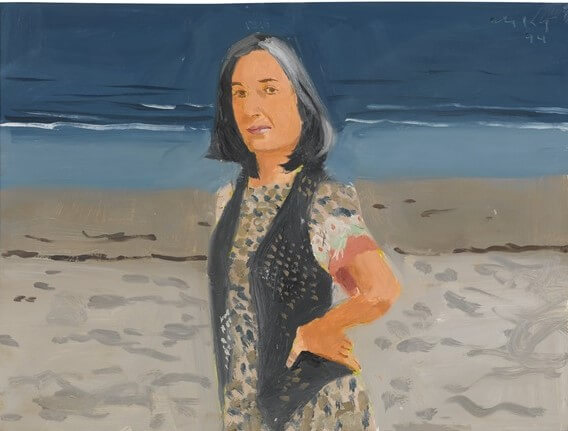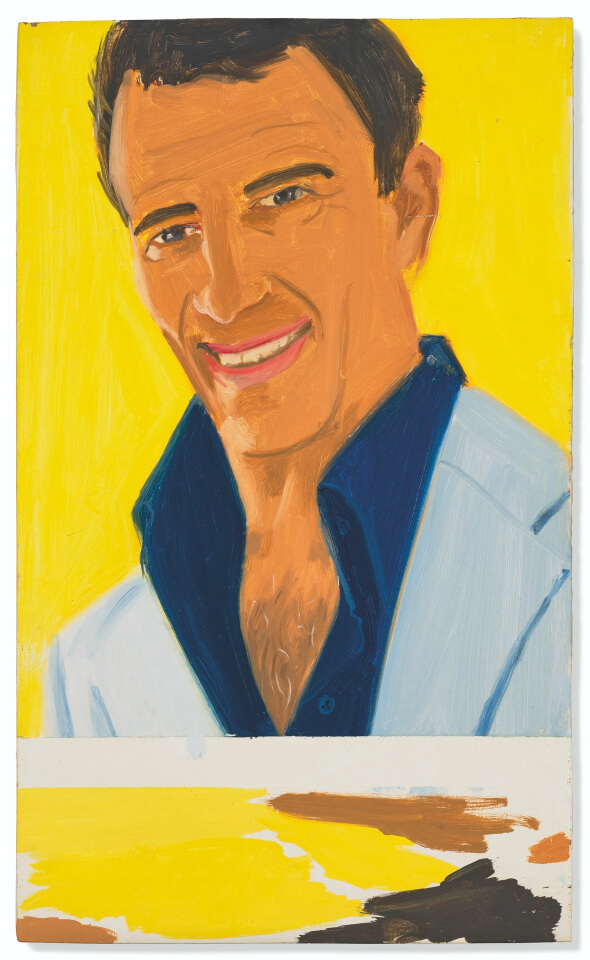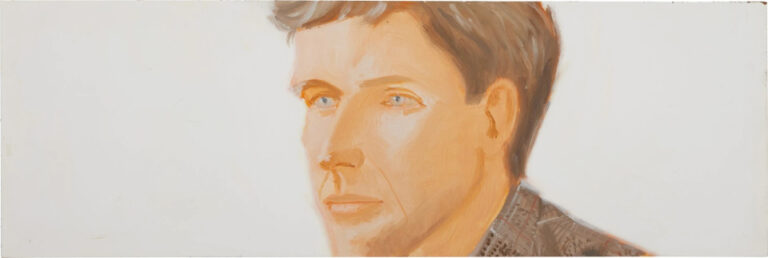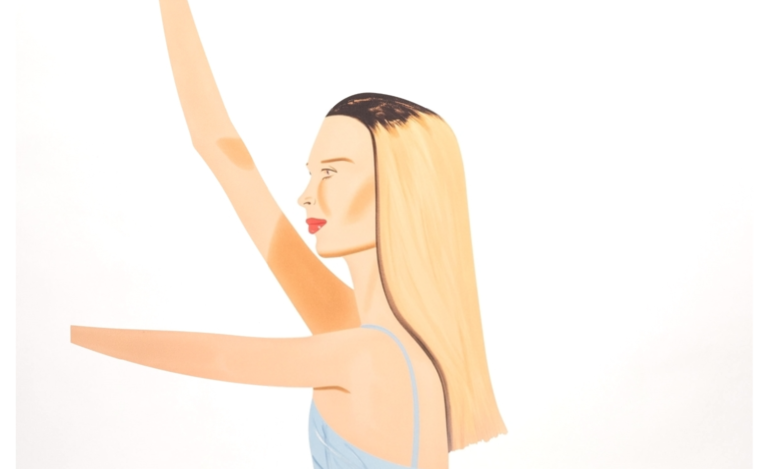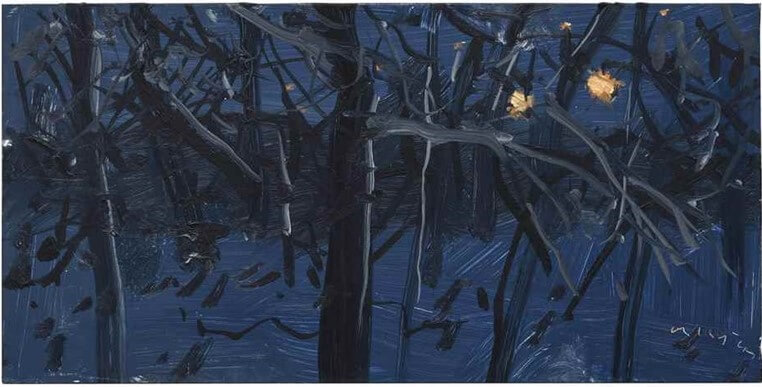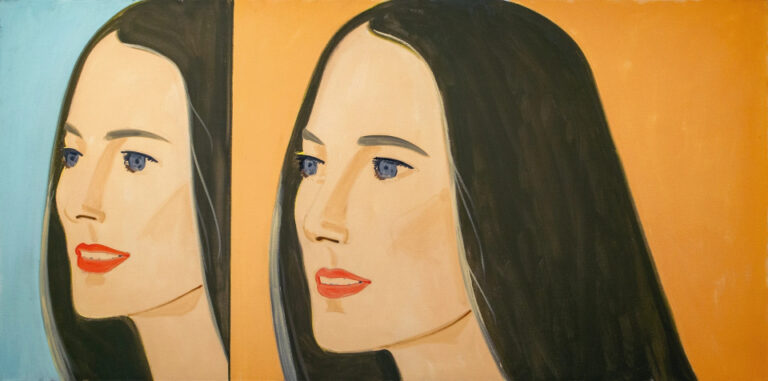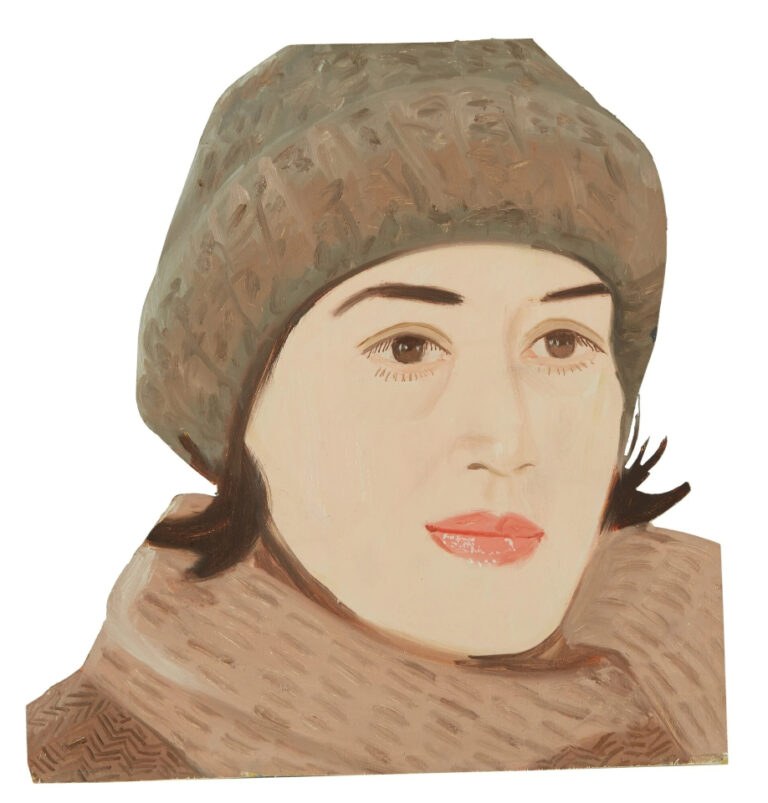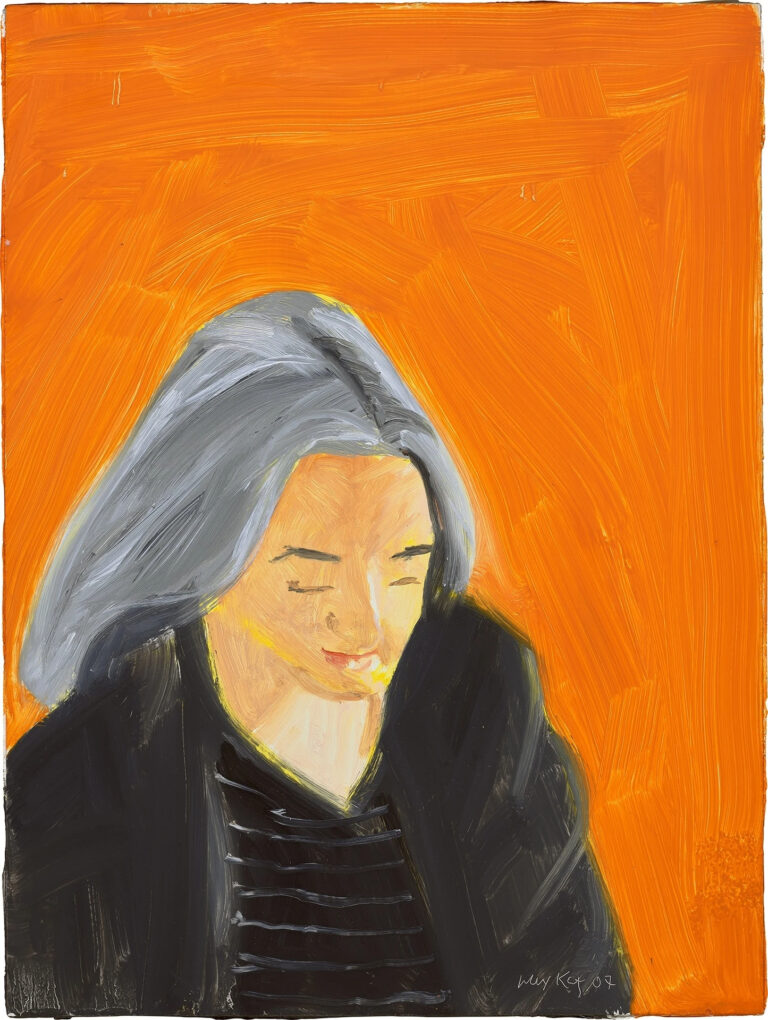Alex Katz
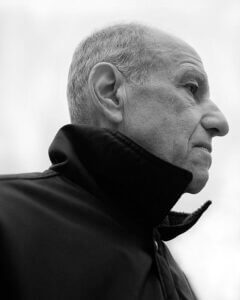
Alex Katz (born July 24, 1927) is a prominent American figurative artist associated with the New York School of painters. Renowned for his distinctive, large-scale portraits and landscape paintings, Katz’s work is characterized by its flatness of colour and form, its economy of line, and its cool but seductive emotional detachment.
Born and raised in Brooklyn, New York, Katz’s interest in art was cultivated from an early age. He attended Woodrow Wilson High School before enrolling at the Cooper Union in Manhattan in 1946, where he studied painting under Morris Kantor and was introduced to modernist theories of art. After completing his BFA in 1950, Katz was awarded a scholarship to the prestigious Skowhegan School of Painting and Sculpture in Maine, where he studied life painting, drawing, and sculpture. It was here that Katz developed his love for painting from life, which became a cornerstone of his artistic practice.
In the 1960s and 1970s, Katz became associated with the Pop Art movement, though he himself never identified as a Pop artist. His large-scale, flat, brightly colored, and emotionally neutral paintings often depicted social scenes, landscapes, and portraits, including many of his wife and muse, Ada Katz.
Katz’s style is marked by simplicity, reduction of form, and a subtle use of color. His work stands out for its minimalist aesthetic, which eliminates unnecessary details, thus enabling viewers to fill in the gaps with their own experiences and perceptions. His enormous canvases, with their sweeping, flat areas of color and precise lines, seem to exist at the boundary of representational art and abstraction.
Throughout his career, Katz has been the recipient of numerous accolities. His artwork has been showcased in countless solo exhibitions around the world, including at The Metropolitan Museum of Art, The Museum of Modern Art, and the Whitney Museum of American Art, among others. Katz’s influence on contemporary painting is vast, and his innovative approach to portraiture and landscape has firmly established him as a leading figure in contemporary art.
Katz, in his nineties, continued to produce work from his studio in Soho, New York, maintaining an active role in the art world.

